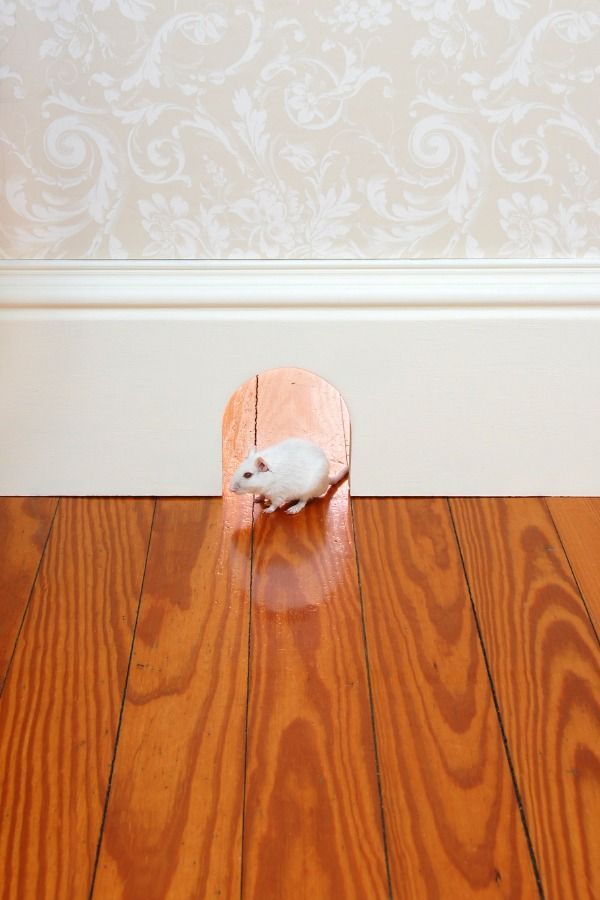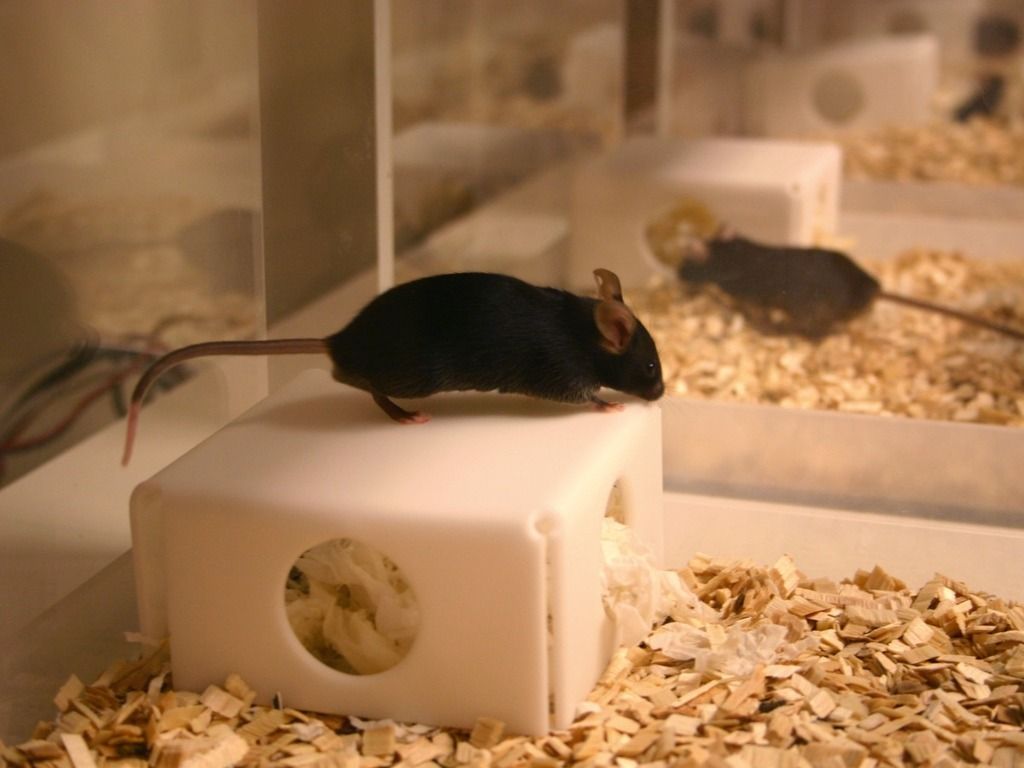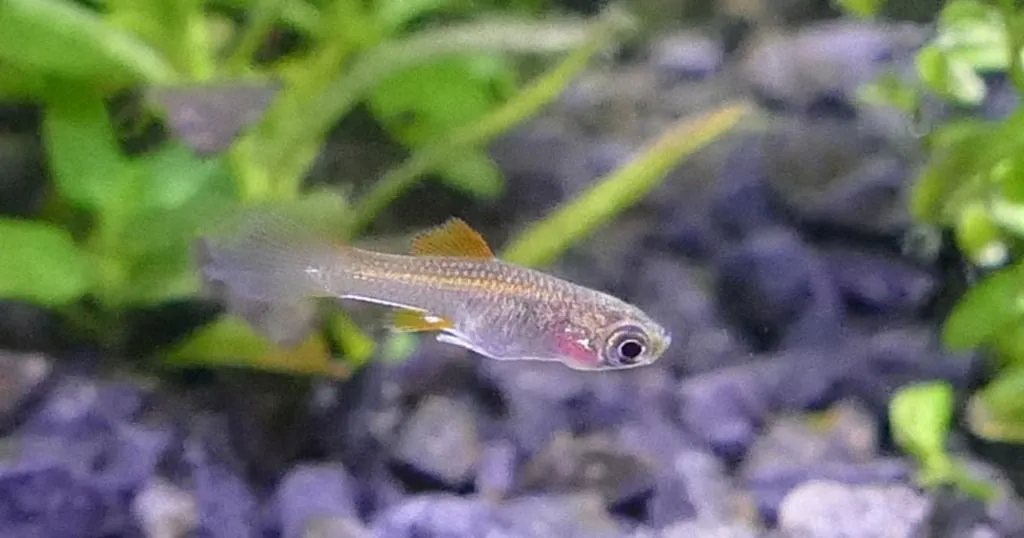Home cage behavior and epilepsy in the Stargazer mutant mouse
Using long-term home cage behavioral research, scientists successfully created a behavioral characterization of Stargazer mutant mouse, a model often used in epilepsy research.
Posted by
Published on
Thu 13 Oct. 2022
Topics
| EthoVision XT | Home Cage | Mice | PhenoTyper | Epilepsy |

Epilepsy is not just seizures. Many childhood-onset genetic epilepsies also cause motor disabilities and neurobehavioral impairments. To study such complex neurological profiles, standard short-term tests might not suffice. This is where long-term home cage analysis can help, a method that is relatively new and uncommon in epilepsy research.
Scientists from the Baylor College of Medicine (Houston, Texas) used this to study the Stargazer mouse model for epilepsy.
Stargazer mice in epilepsy research
Stargazer mutant mice have a genetic disruption of the Cacng2 gene, making them suitable for research to precision genetic treatments. This disruption causes problems with walking and balance and absence-like spike-wave seizures.
A battery of tests vs home cage testing
To monitor mouse behavior and responses to both specific objects and environment changes over time, the researchers decided on prolonged video analysis and instrumented home cage monitoring.
Behavior is followed more or less continually instead of through serial tests such as the open field test, elevated plus maze, etc. These classic short tests are more like snapshots in comparison. A growing group of scientists believes that continuous analysis of spontaneous, naturalistic, and self-motivated behavior in an experimenter-free home cage provides more reliable results.

Behavioral characterization
Schirmer and her colleagues wanted to study the severity and extent of behavioral impact in Stargazer mutant mice, and they aim to provide a behavioral characterization.
Behavioral phenotyping
The researchers carried out various kinds of home-cage tests during this study. Additionally, six of the mutant mice received an EEG implant in order to measure spike seizures during the tests.
Habituation to the home cage
During the first experiment, mice had two hours to habituate to their new surroundings, a PhenoTyper home cage. The videos resulting from the integrated camera were analyzed using EthoVision XT. With this program, mouse position in the cage, time spent in each location, movement, and velocity were video tracked. Immobility for 40 seconds or more was counted as “sleep”.
Monitoring drinking and eating behavior
During the experiment, the number of licks on the two water bottles (the second containing sucrose water) and the number of feeding zone entries were recorded automatically by the EthoVision XT video tracking software.
Hyperactivity behavior
Generally, mutant mice behaved hyperactively in their enriched novel cage, repeatedly circling around and avoiding novel objects. The hyperactivity was somewhat unexpected, since gait ataxia and spike-wave seizures are likely to actually limit mouse movement.
Baseline recordings of home cage behavior
After habituation, two baseline recordings were made, each being 23 hours long and starting at 14.00 on two consecutive days.
During the nighttime, mutant mice were again more active than wild type mice. Furthermore, they slept more often but less long, and spent less time in their shelter. Causes of this are not yet clear.

Licking ataxia and anhedonia?
In general, mutant mice licked at their water bottles less often, but licking bouts lasted longer. This might indicate licking ataxia or a perceived increased thirst. They also showed a decreased preference for the sucrose water, possibly indicating anhedonia.
Light and sound startle tests
Next, researchers started with a light spot test, where the light in the cage was turned on for one hour during nighttime. Wild type mice responded startled and showed a sudden increase in activity, whereas the mutant mice did now show such a strong response.
The experiment was repeated, but with a 60 second pure tone instead. Again, mutant mice had a decreased startle and sheltering response in comparison to wild type mice, which might indicate either decreased vigilance or indifference, potentially caused by ongoing or cumulative epileptic episodes.
Additional testing
After the light and sound tests, the mice underwent several more experiments in the PhenoTyper home cages, which were again filmed and analyzed using EthoVision XT.
Running wheel access
Mice got 23-hour long access to a running wheel. Hardly any mutant mice managed to use it, while the wild type mice used it frequently, spending less time on feeding and sheltering. The mutant mice spent their time almost solely on the latter two activities and not on running, possibly due to anhedonia and balance problems.
Shelter removal
The shelter was removed for 2 hours. Mutant mice tried to hide at the shelter’s former location while wild-type mice huddled in a corner.
Cage swap
A cage swap of 2 hours was done to test the response to novel cage stress. There was no clear difference between mutant mice and wild type mice.
Epilepsy research and home cage assessment
Using the relatively new home cage research method, the researchers created a behavioral characterization of the Stargazer mutant mouse. They found significant differences between mutant mice and wild type mice, which classic behavior tests could not always have discovered, such as differences in sleep behavior and response to light and sound.
This method could well be applied in broader studies of seizures, motor abnormalities and neurobehavioral impairment, and provide reliable results based on a larger dataset compared to the classic maze experiments.
Reference
Schirmer, C., Abboud, M. A., Lee, S. C., Bass, J. S., Mazumder, A. G., Kamen, J. L., & Krishnan, V. (2022). Home-cage behavior in the Stargazer mutant mouse. Scientific reports, 12(1), 1-8.
Related Posts

To mate or not to mate? Females are less choosy when males are rare

Bed bug behavior - What smell can tell


